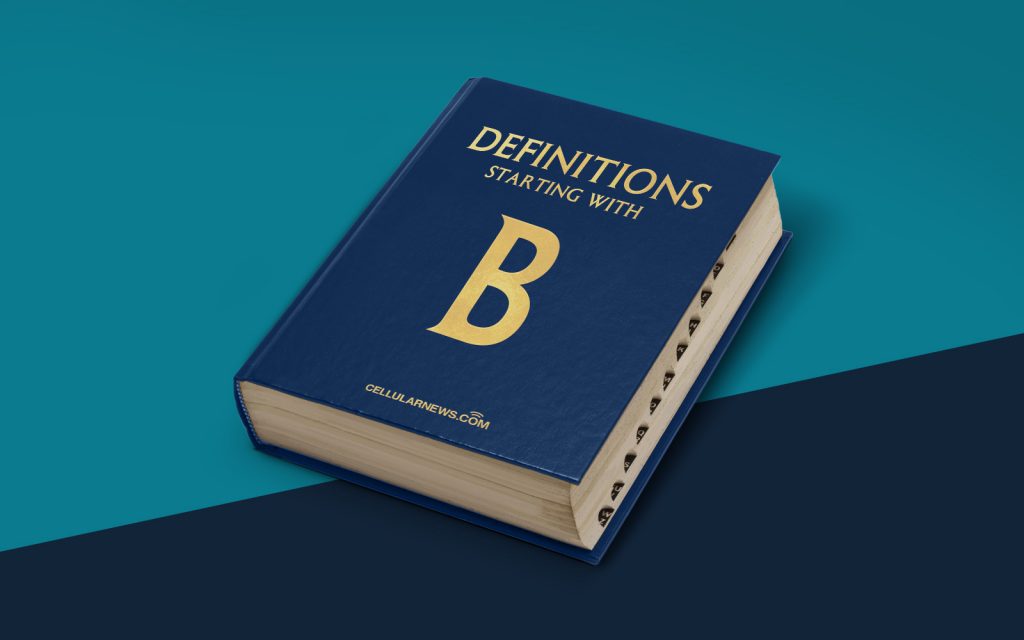
What is Broadcasting?
Welcome to another post in our “Definitions” category! Today, we are going to dive into the world of broadcasting. If you’ve ever wondered what broadcasting means or how it works, you’re in the right place. In this post, we’ll break down the concept of broadcasting and explore its significance in today’s digital age.
Key Takeaways:
- Broadcasting refers to the distribution of audio or video content to a wide audience.
- Traditional broadcasting involved transmitting signals over the airwaves, while modern broadcasting includes digital platforms such as television, radio, and the internet.
So, what exactly is broadcasting? Broadcasting is the process of distributing audio or video content to a wide audience. It allows information, entertainment, and news to reach a large number of people simultaneously. In the past, broadcasting primarily involved transmitting signals over the airwaves through radio or television stations. However, with the rise of the internet and digital platforms, broadcasting has expanded to include online streaming services, podcasts, and social media platforms.
Nowadays, broadcasting is not limited to traditional media outlets. With the advent of the internet, anyone can become a broadcaster, thanks to platforms like YouTube, Twitch, and Facebook Live. These platforms enable individuals and organizations to share their content with millions of viewers worldwide.
Whether it’s a live sports event, a breaking news story, or a popular TV show, broadcasting plays a crucial role in connecting people and providing them with shared experiences. It allows individuals to stay informed, entertained, and engaged with the world around them.
Here are a few key benefits and features of broadcasting:
- Wide Reach: Broadcasting allows content to reach a broad audience, spanning across regions, countries, and even continents. It has the power to connect people from different backgrounds and cultures.
- Real-Time Communication: Broadcasting enables content to be shared in real-time, allowing viewers to participate and engage with the broadcast as it happens.
Furthermore, the evolution of broadcasting has also brought about new opportunities and challenges. On the positive side, it has opened doors for content creators, fostering a more diverse and inclusive media landscape. On the flip side, the abundance of broadcasting channels can lead to information overload and the need to critically evaluate the sources and credibility of the content.
In conclusion, broadcasting is the distribution of audio or video content to a wide audience, thanks to advancements in technology. It has transformed the way we consume news, entertainment, and information, providing us with shared experiences and fostering global connectivity. So, whether you’re a broadcaster or a consumer of broadcasting content, understanding its significance is essential in today’s digital age.
